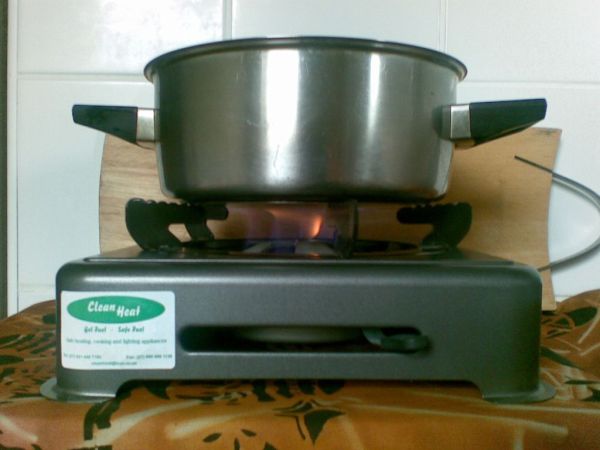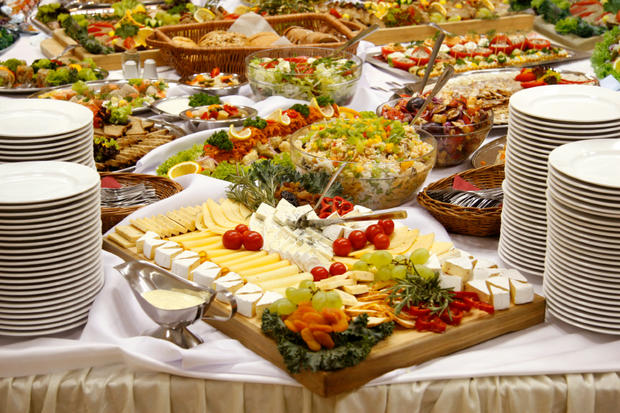
Eco friendly cooking is the future. Very soon we will be working in eco-friendly kitchens. Already we are eating in eco-friendly bowls and plates. With energy consumption higher than ever and energy rates reaching a zenith, it makes perfect sense to switch to methods that promote an eco-friendly cooking. If you are wondering about some extra efforts that youâll have to make in order to create an eco-friendly cooking culture, do not worry, just check this out.
1. Cover your food while cooking
Itâs always a good idea to cover food while cooking. This saves up to 60 to 65 percent energy. The food cooks faster, better and retains all the nutrition. If you do not cover food when itâs cooking, itâs going to take much longer and you will find yourself fretting and fuming in the hot kitchen. Besides, you will be playing with your health as well – considering all the nutrition required for your body will get evaporated.
2. Cook in residual heat
Save at least 50 percent energy by switching off the gas after the first boil but still keep it covered. Food materials like pasta, rice, vegetables and stew will cook to the required level in this heat as well. Additionally, use a pressure cooker to cook food that takes longer to cook. These can be lentils and pulses.
3. Choose a burner of right size
When cooking food, it is necessary to provide the exact amount of heat thatâs required for its cooking. Suppose you place a big dish on a small burner that will attract a lot of energy consumption. The dish will take longer to cook and will take up a lot of unnecessary energy. It might not even turn out as good as it was meant to be. So, save yourself a great deal of trouble. Check if the flames are covering the entire bottom of your cooking dish. This way, the heat will reach all parts of the food and it will be cooked in a uniform way.
4. Use an electric kettle to heat water
An electric kettle is a multi-purpose appliance. Well, thatâs if we want to use it efficiently, of course. Make better use of the electric kettle even after you have used it for your morning cup of tea. When not boiling water for tea, use it to boil water to steam or blanch vegetables, cook rice or simply steam food.
5. Use faucet aerators
Reduce your water consumption considerably. Faucet aerators reduce water consumption in your kitchen by at least 50 to 60 percent. This, not only makes a difference to the threatened environment, but also makes your wallet very happy!
6. Avoid pre-heating the oven
Ovens can save a lot of energy, if used wisely. Although a lot of times when you are baking, it is necessary to pre-heat the oven for best results, it is advisable to cook vegetables in a cold oven. Vegetables do not take very long to cook and the cooking process starts even as the oven starts to warm up. Use the oven to heat cooked food though.
7. Use toaster oven
Instead of a big oven, use the toaster oven if the volume of food to be cooked, is less. Fish fillets or chicken breasts can be done up in toaster ovens. Also take care to put everything you wanted in the oven, before you switch it on. If you keep opening its door not only will you be hampering the cooking process, but it will result in a considerable drop in the oven temperature. This will increase the cooking time and result in a fat energy bill.
8. Recycle when possible
The market is flooded with several eco-friendly products. Take the solar oven for example. The free light and energy from the sun can be used to heat food through this medium. Get all the plastic, cans and paper recycled. Use cloth to clean the kitchen or your hands instead of paper or paper towels. Avoid plastic in your house.
9. Fridge etiquettes
You can reduce your energy bill considerably if you cool the food before putting it in the refrigerator. Warm food forces the cooling system of the fridge to raise its temperature in order to cool the fridge all over again.
10. Use dishwasher cleverly
Use dishwashers only when you have a good number of utensils to be washed. Instead of rinsing utensils in the sink before a wash, use the pre-rinse cycle of the dishwasher. That way you will save water considerably.



